Self Build: The Ultimate Beginner’s Guide
Choosing to self build is a great way to create a home that is exactly tailored to your needs and preferences and can often enable you to get more bang for your buck

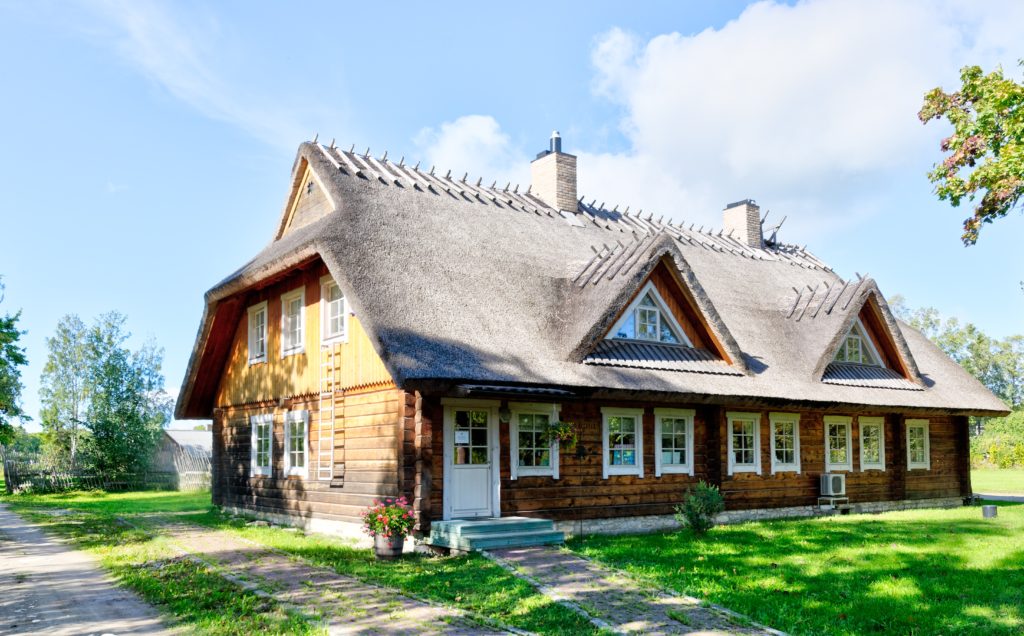
If you are looking to create an individual home that is tailored to your lifestyle and requirements, then you should absolutely consider the self build options available to you.
Self-building can allow you to create a low-maintenance home that will change with you as your needs change. It can also give you scope to design in energy-efficient features from the outset.
But it doesn’t mean that you will be the one on-site digging foundation trenches or laying bricks yourself. There are numerous self-build routes available — depending on your available time, budget and skillset — from building your house on a DIY basis or acting as your own project manager to a completely hands-off approach through a packaging supplier.
Regardless of your chosen route, the self-build process requires careful thought and planning and you will need to make some key decisions before any building work begins.
Here are some of the key things you need to consider before going on-site with your self-build project — from finding land and securing finance, to gaining planning permission and choosing the best construction system, all the way to snagging and reclaiming VAT on all eligible items at the end of the project.
What is a Self Build?
A self build is an individual house that has been commissioned by an individual homeowner to perfectly fit their exact requirements and tastes.
But this does not mean you have to get your hands dirty and lay foundations or build walls yourself. While approximately 11,000 self build homes are built each year, less than 10% of those homeowners were physically involved in the process by taking on the building work.
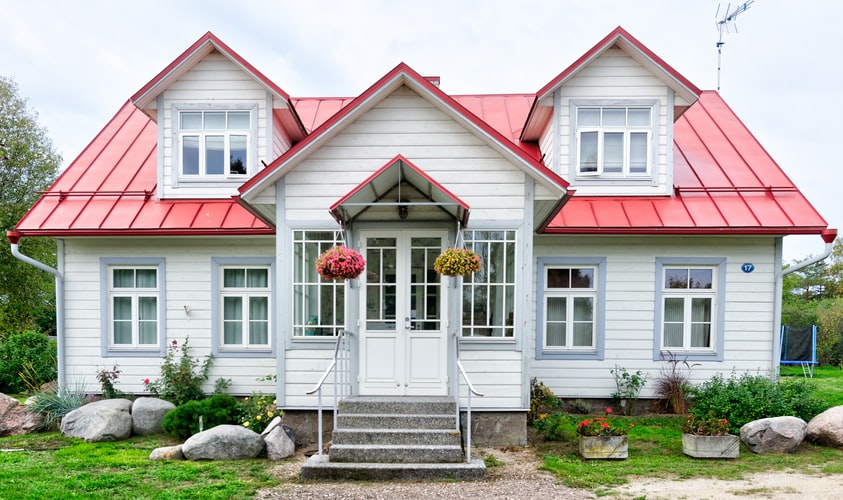
The majority of self builders choose to be much more involved in the creative process, taking part in the design stage, choosing the tradespeople and deciding on finishing touches.
How Much Does it Cost to Self Build?
On average, a self-build house costs will be somewhere between £1,000 and £3,000/m².
You will also need to be aware of the factors that may cause your build costs to skyrocket, such as:
- Location: land prices and labour costs will vary across the country
- Size: the bigger the house, the more expensive it will be to build (although careful design can help achieve some economies of scale)
- Plan, shape and layout: the simplest and most cost-effective floorplan is square
- Number of storeys: multiple storeys make better use of the land and can reduce foundation and roof costs per m²
- Specification: if you want premium products, expect your build costs to rise considerably
- Involvement: depending on how much of the work you are capable of taking on yourself, you can substantially reduce your build costs
Why Do People Self Build?
- You can usually save up to 30% on the market value
- You can usually build something bigger than you could buy for the same money
- Your home will fit your exact needs and preferences
- You can add the latest home technology or sustainability measures at the design stage
- You can typically enjoy a 25% profit on your investment.

Is Self Build an Option for First-time Buyers?
While more traditional self-build routes require time and financial input that is unfeasible for first-time buyers, the idea of custom build may suit. This route alleviates some of the obstacles faced by self-builders, including finding land, securing planning permission and getting services to the site.
This is also a more hands-off approach, but still offers the chance for an individual home that meets individual needs.
How Do I Finance a Self Build?
You’ll need access to money to buy a building plot, to pay for professional services such as architectural designers’ fees and any site surveys required, and to fund the build itself.
The money may come from savings, equity in your existing home, through a self-build mortgage or a combination of all three.
Surprisingly few high street banks provide formal facilities for self-build finance so you’ll likely need to approach a specialist self build mortgage provider.
A traditional mortgage (where the finance is released in one lump sum at the end of the project) is not feasible. Self-build mortgages differ from traditional mortgages in that the funds are released in stages (either in arrears, where the money is made available after a stage of the build has been completed; or in advance, when it’s released at the start of each build stage).

The Golden Rule
Build cost + plot cost + contingency = <the value of your finished house
Finding Land for a Self Build
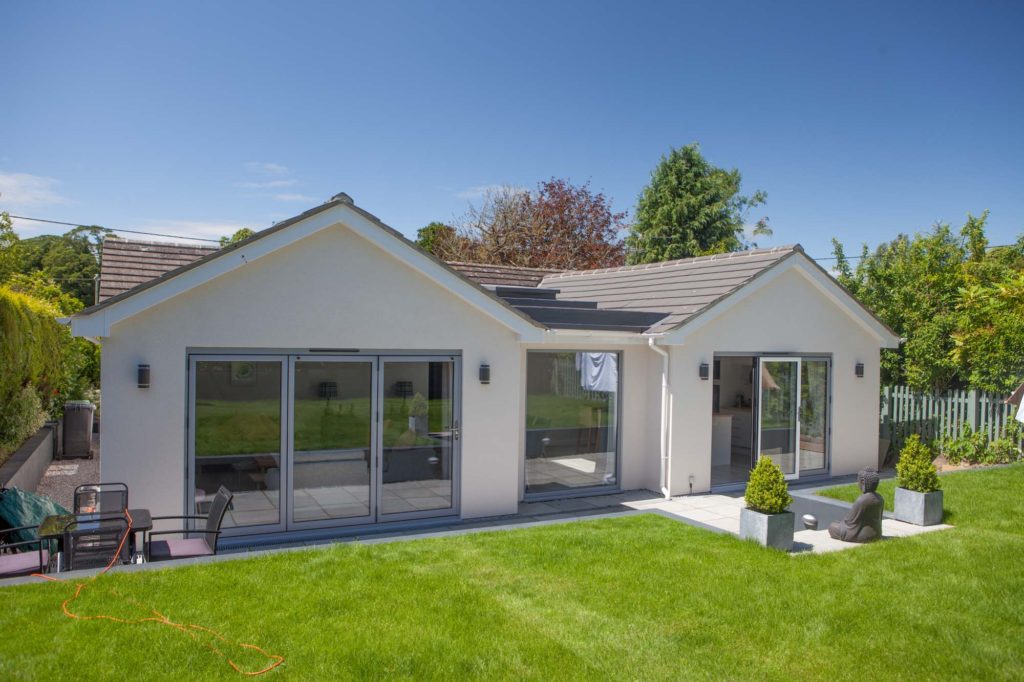
Specialist plot finding services are incredibly useful when it comes to finding land, but they shouldn’t stop you from being proactive.
- Study the local area. Drive around or use Google Maps to look for homes on large plots that have either a large side garden or infill land
- Contact experts. Some package companies, such as Potton or Border Oak, hold lists of available plots online
- Visit local auctions. Many opportunities are sold buy auction so it’s worth finding out who the key agents are in your area
- Check the local authority’s website for recent planning applications. In most cases, details of the owner or agent are included and there is nothing to stop you contacting them directly.
Plots will rarely fall into your lap, so you’ll often need to be savvy to secure one.
When assessing your plot, look out for:
- Planning permission that has expired, or is about to expire
- Any access issues
- Any covenants
- Services — are they already in place?
- Title deeds — make sure these deeds are ‘absolute’ rather than ‘possessory’ or negotiate on the plot price accordingly
Also, make sure you register with your local authority under the Right to Build, which requires local authorities in England to keep track of the demand for serviced plots in their area.
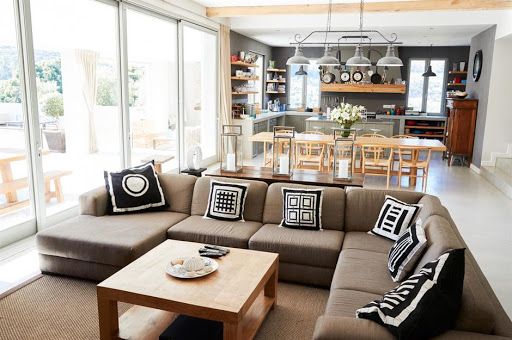
Choose a Self Build Route
The self-build process is flexible enough that a self-builder can decide just how involved they want to be in the project. Make this decision early as it will have major cost implications.
The majority of projects are handled by a main contractor/builder or subcontractors project managed by the homeowners, but you can choose different routes for different stages of the project, depending on your skills or available budget.
Think about how much time you will be able to dedicate to the project — the more you can be involved, the more money you can save — but this rule only applies if you take on jobs within your capabilities.
- DIY
- Self-managed
- Professionally-managed
- Main contractor
- Package/Kit
- Custom Build
Choose a Self Build Construction System
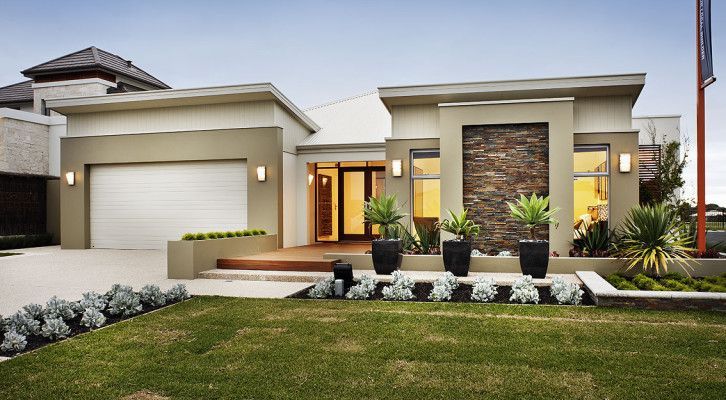
While your choice of superstructure material will have little impact on how your finished self-build looks, it is well worth considering the available construction systems:
- Masonry
- Timber frame
- Structural Insulated Panels (SIPs)
- Insulated Concrete Formwork (ICF)
- Oak Frame
- Cross Laminated Timber (CLT)
- Natural materials, using such materials as straw bales, hempcrete and cob
Some self-builders are less concerned with how the house looks ‘under the bonnet’, and are happy to leave the decision with their architect or structural engineer.
Designing a Self Build
While some self-builders do design their own homes, you’ll more than likely need a designer on board to help you formulate plans for your dream home. This might be an architect, architectural technologist, an architectural designer or an in-house designer at a package company.
Finding a suitable designer and completing the design process is likely to take at least a couple of months but may well take longer.
Do I Need Planning Permission to Self Build?
When your self builds, you’ll have to apply to your local authority for planning permission.
The cost of submitting a planning application varies across the UK but is currently £462 in England. However, the real cost of obtaining planning permission arguable comes from preparing the plans and documents(the design fees) in readiness for submission and any accompanying surveys (such as ecological surveys) that may be required.
You should find out when your local planning authority has approved your application after eight weeks — although more complex schemes can take longer.
All planning permission is granted with conditions attached. Failure to address the conditions will invalidate your consent, making any work done illegal.
Building Regulations
All new homes need to adhere to the Building Regulations, and as such, a building control inspector will visit at key stages of the build to inspect the work and ensure it complies. These stages include:
- Excavation for the foundations
- Pouring concrete for the foundations
- Building the oversite
- Building the damp-proof course
- Drainage
- A visit prior to completion
- A final visit on completion
Lining Up the Project Team
You can establish contact with and line up a builder, main contractor, package company and/or subcontractors during the design and planning processes, but you won’t get an accurate quote for the work until your Building Regulations drawings have been finalised.
One of the best ways of finding a good builder and/or subcontractors is through word of mouth — ask your designer, friends, family or neighbours who’ve undertaken projects, and anyone else you know locally who’s built their own home, for recommendations.
Much like finding a designer, choosing a builder requires plenty of research. It’s best to meet with them to discuss your project and to ask them to quote (your designer can help you to prepare tender documents). It’s also a good idea to visit a project they’ve completed and to talk to previous clients.
The best builders and subcontractors will be booked up months in advance, so it pays to start your search as early as possible
Insuring Your Self Build Project
As soon as contracts are exchanged on your plot, you will need to have insurance — usually a specialist policy for self-builders. A comprehensive self-build policy is advised and will cover any public liability, building works, employers’ liability and personal accident.
Bring Services to Site
Getting services to your site (if necessary) can cost between £500 and £10,000+, depending on your situation and whether the connection needs to be made across private land (where you’ll need to secure a wayleave to grant access to dig) or public highways (which may involve road digs).
Though electricity and gas are not essentials during the build, water supply is needed early on.
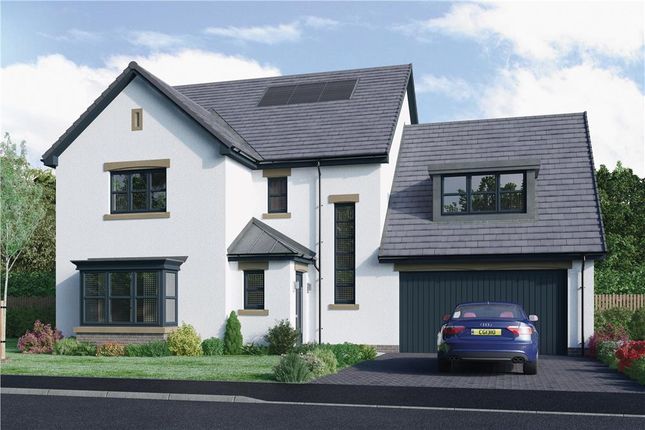
Where Will You Live During the Project?
Very few self-builders are in the position to remain in their existing homes while building a new one, so you will need to consider where you are going to live while you build your dream home.
- Staying with family/friends: the average self-build project takes around a year on-site, so if you are planning on staying with friends or family, make sure that you are realistic about the timescale of the project
- Renting temporary accommodation: this is an option, but an expensive one (even more so if your project hits any unforeseen delays)
How Long Does it Take to Self Build?
Once you’re finally ready to start on-site, you’ll need to know what happens and when regardless of how physically involved you are in the process. This typical self-build schedule will give you an idea of what to prepare for and when.
Create a Snag List
Despite lacking a concrete definition and not being part of the JCT suite of building contracts, it’s generally accepted that snagging concerns identifying parts of the work that have been completed, but may require remedial action prior to official sign-off.
CIL Exemption
The Community Infrastructure Levy (CIL) imposes a fee on the creation of new homes, which is determined by the local authority and is based on the size of the house.
The good news is, subject to criteria (i.e. this must be your principal residence for three years or more), self-builders are now exempt from paying CIL. However, the four-stage exemption process must be followed to the letter.
Reclaim VAT
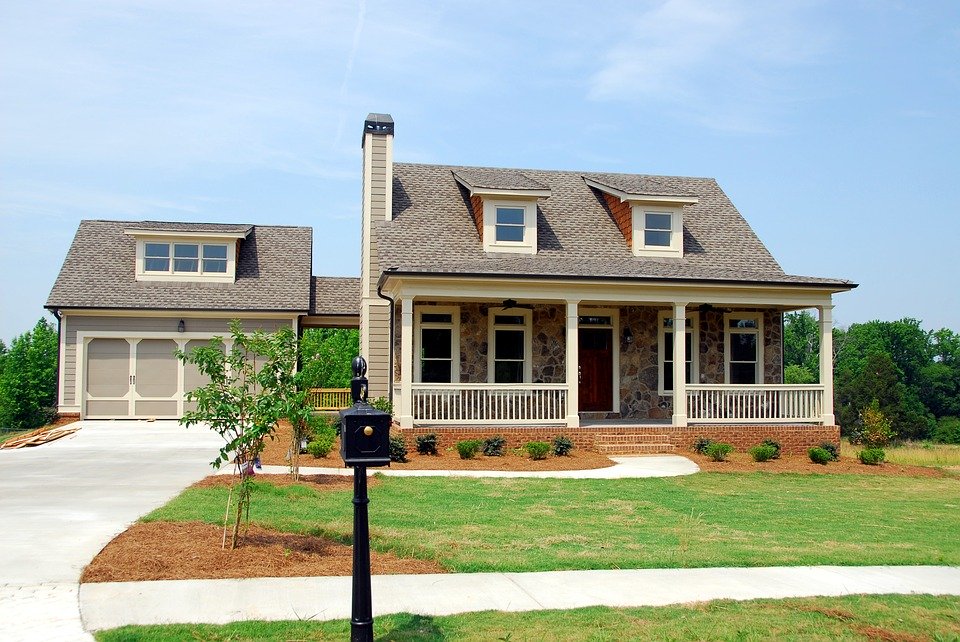
One of the major benefits of self-build is that you can reclaim VAT on most of the building materials. VAT-registered builders and cubbies should also zero-rate their invoices (while, of course, if they’re not VAT-registered, they shouldn’t be adding it to bills in the first instance).
In general, you can reclaim for all materials that are fixed into the house, although the interpretation of this can be quite complex.
You can only make one claim (using the VAT 431NB form) and that must be made within three months of the project completion.
Obtain and keep hold of all VAT receipts to submit with your claim. Don’t underestimate the time you’ll save by keeping your VAT receipts safely in one place as you go along.







